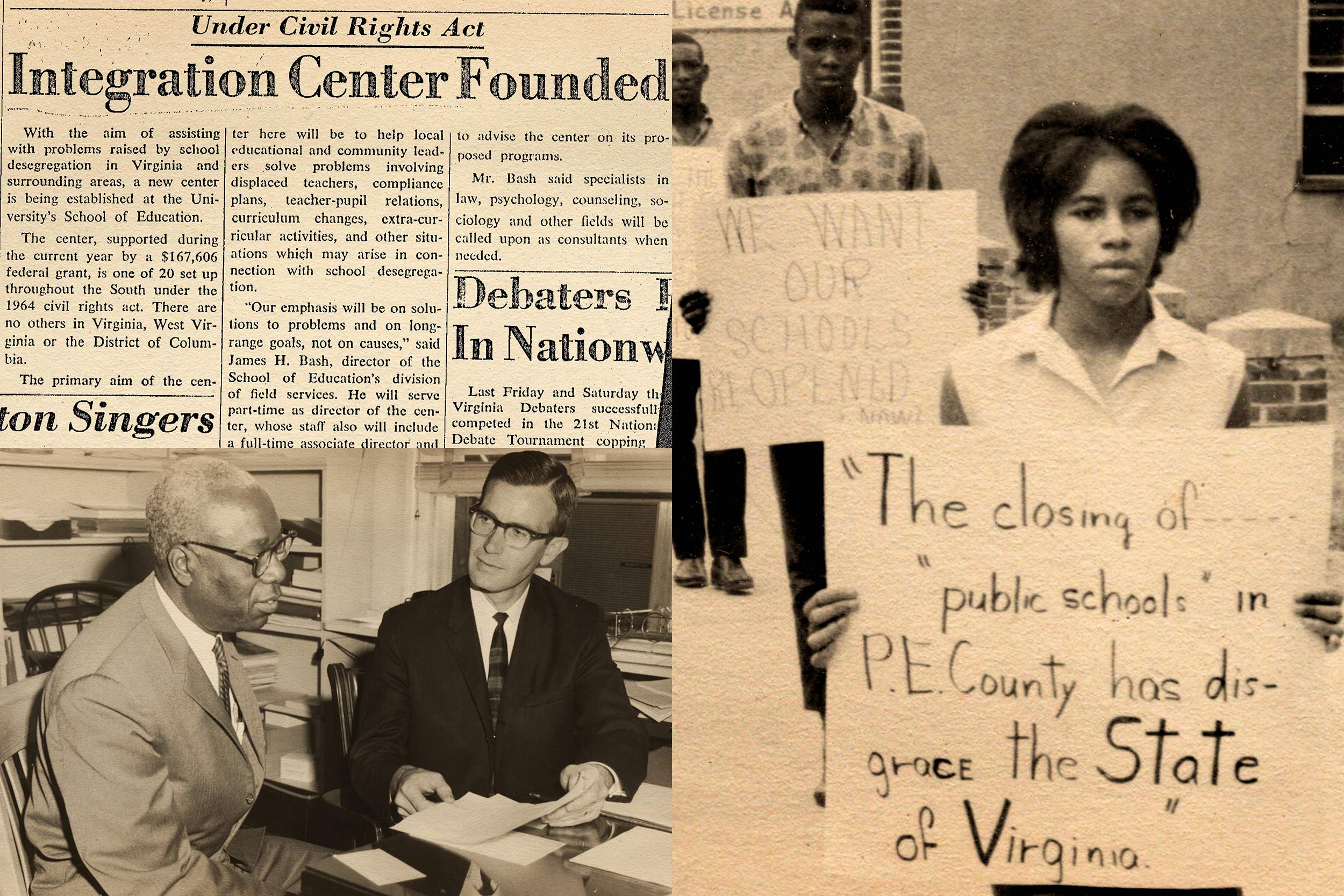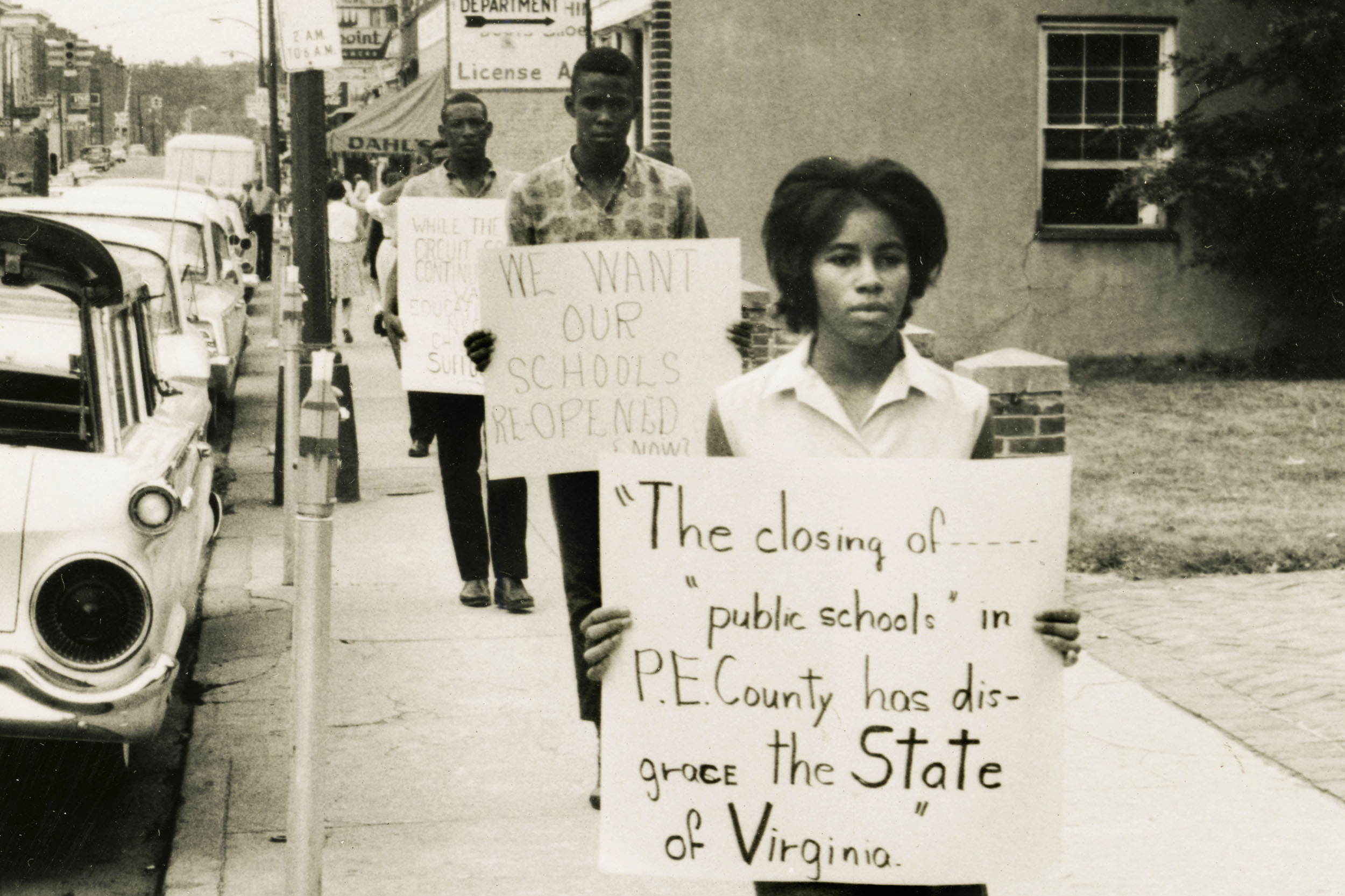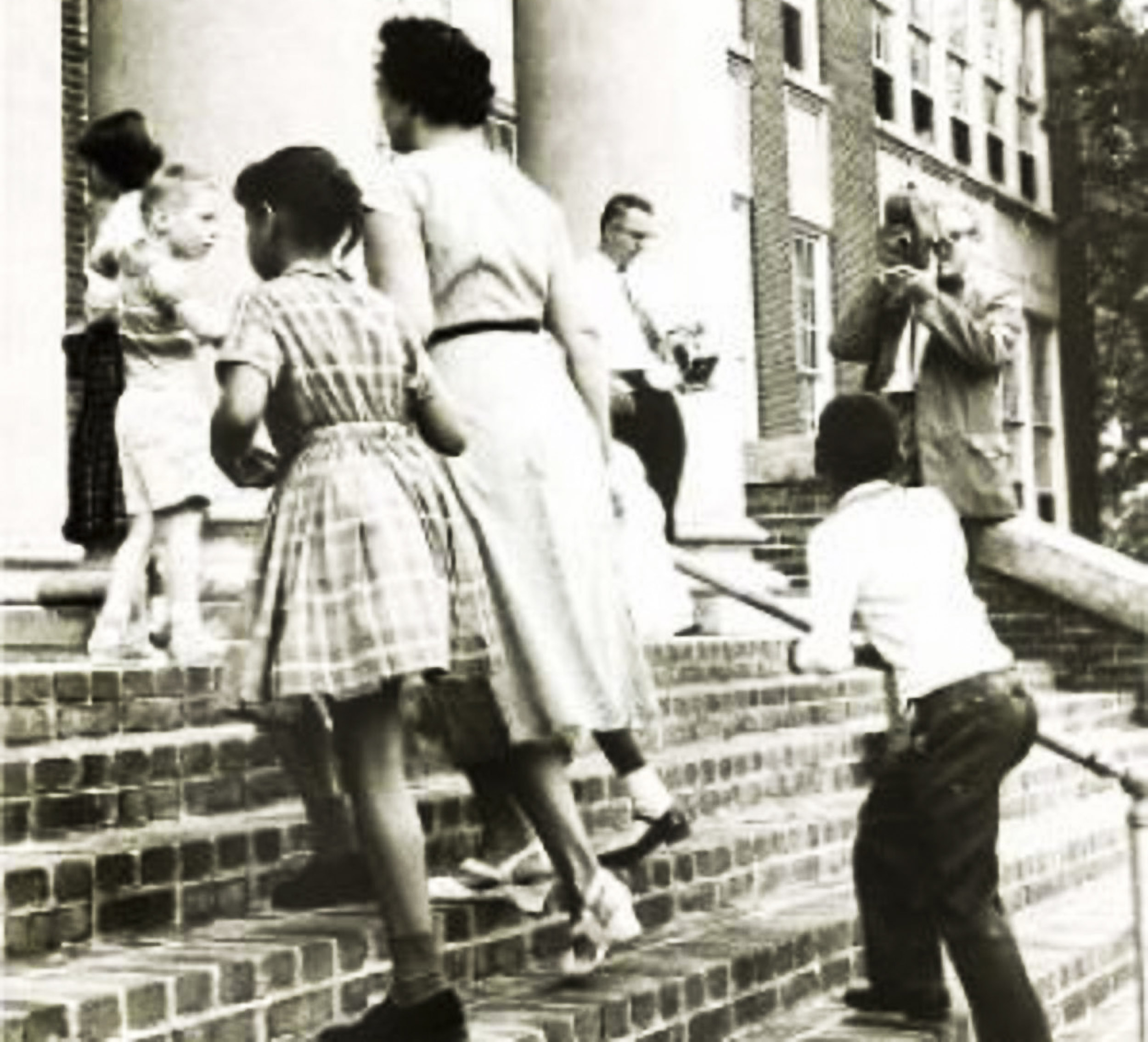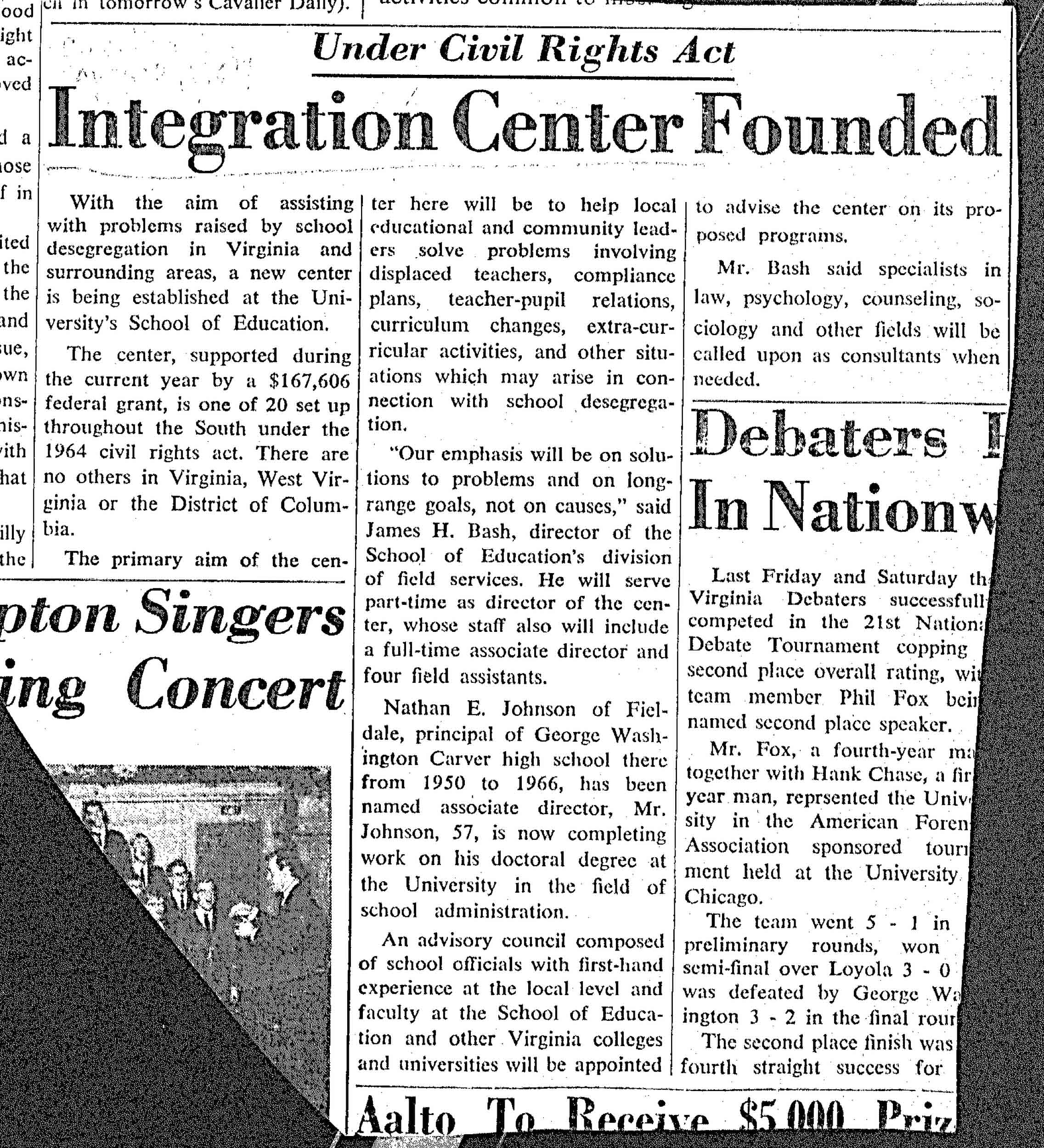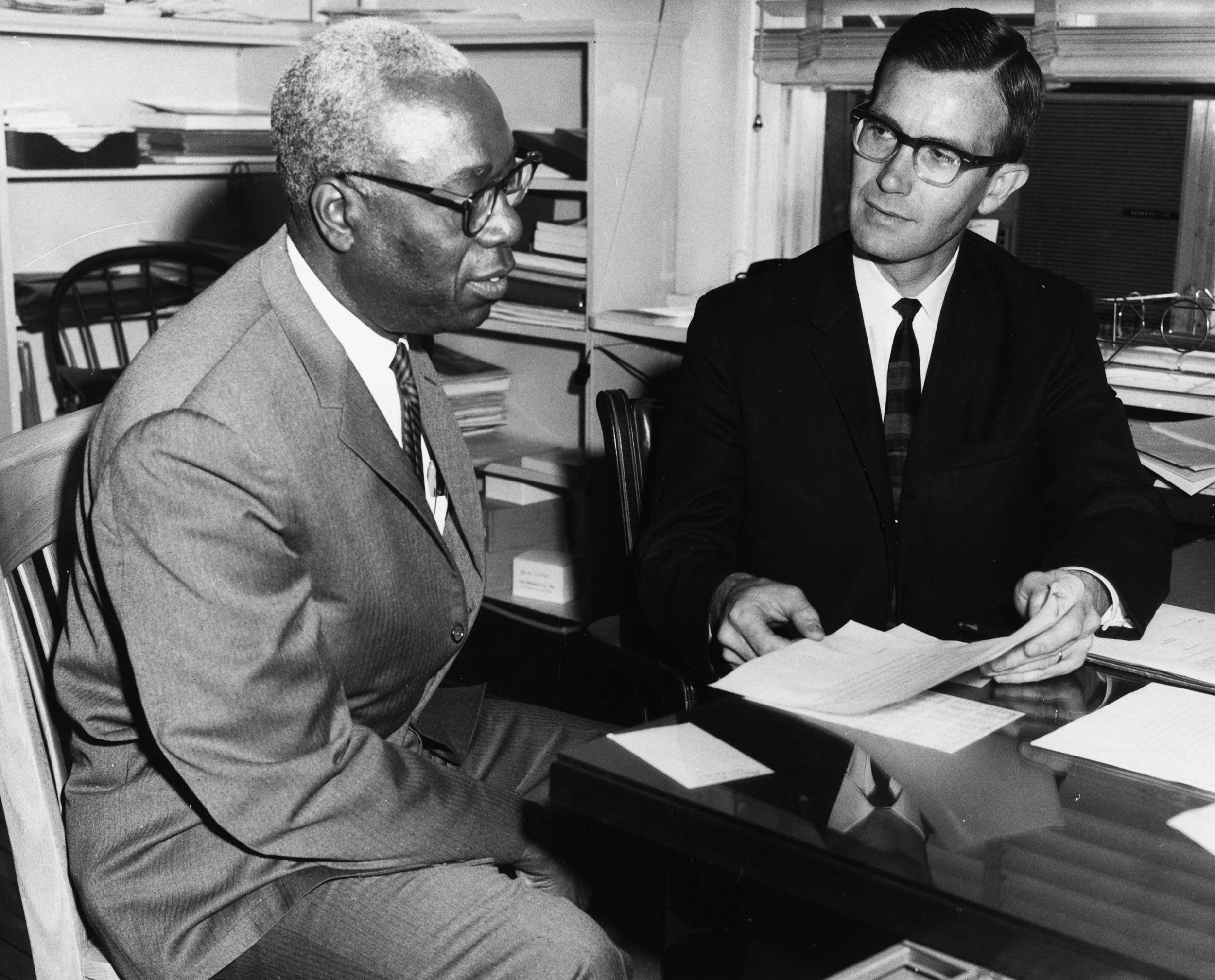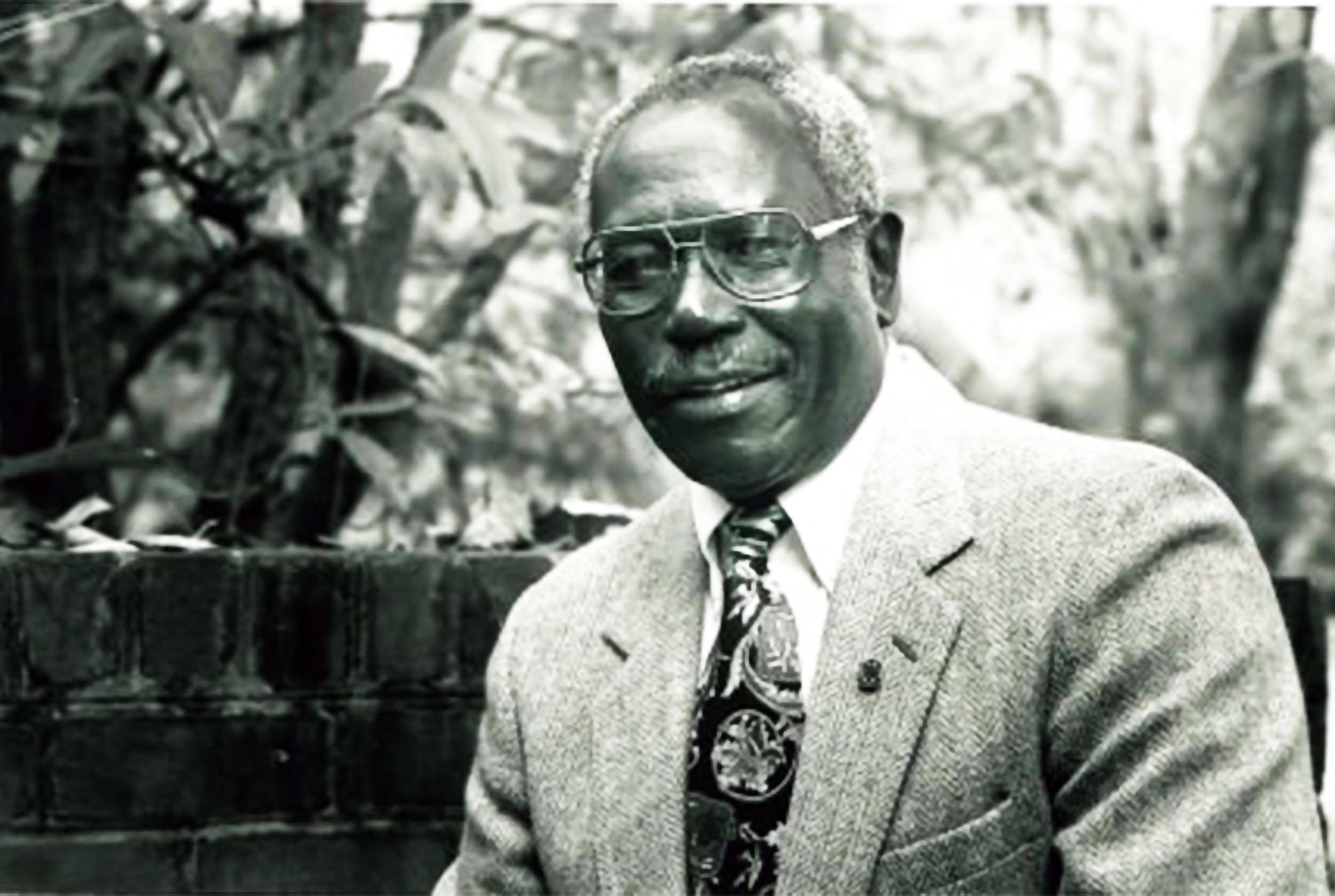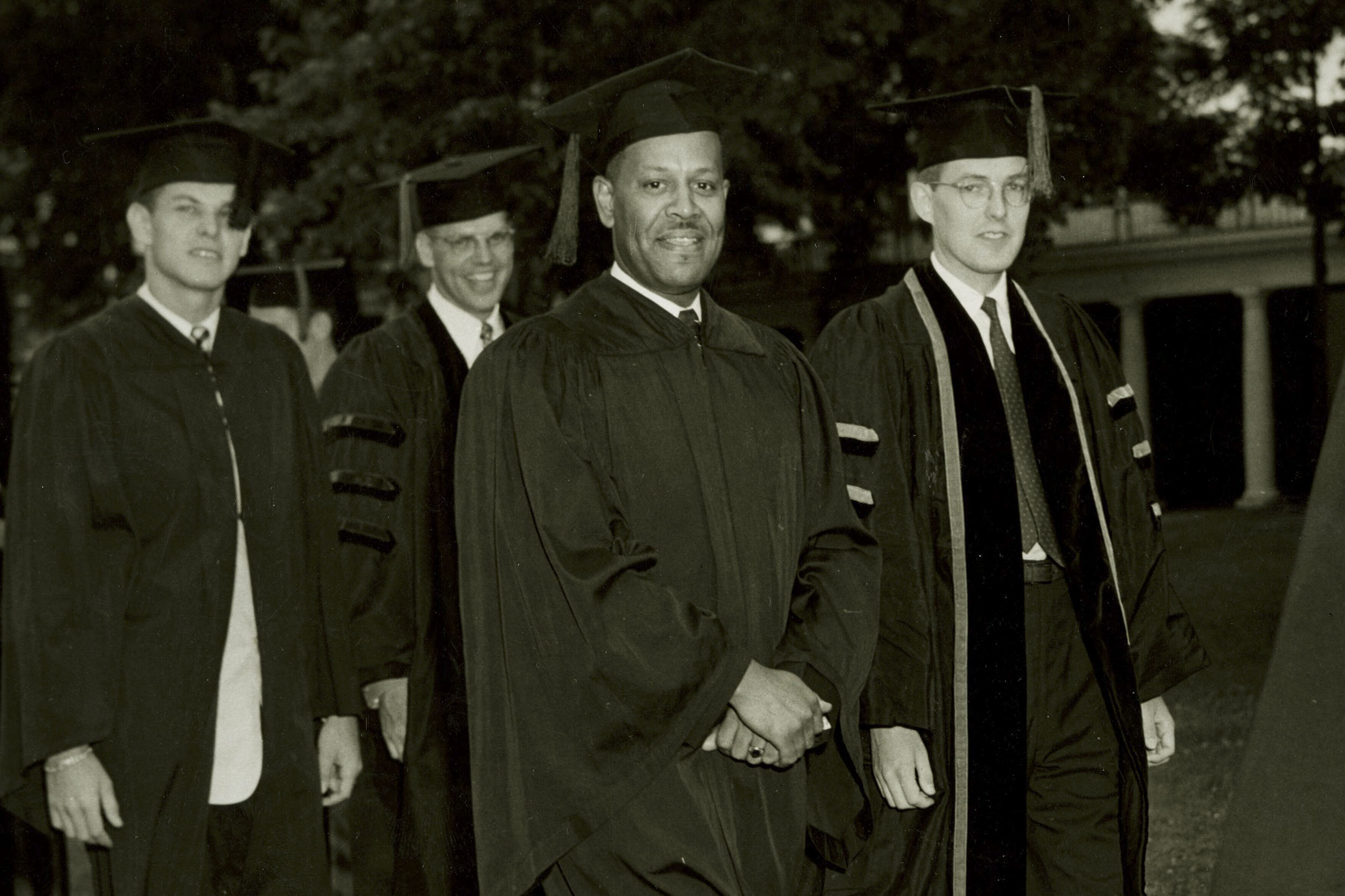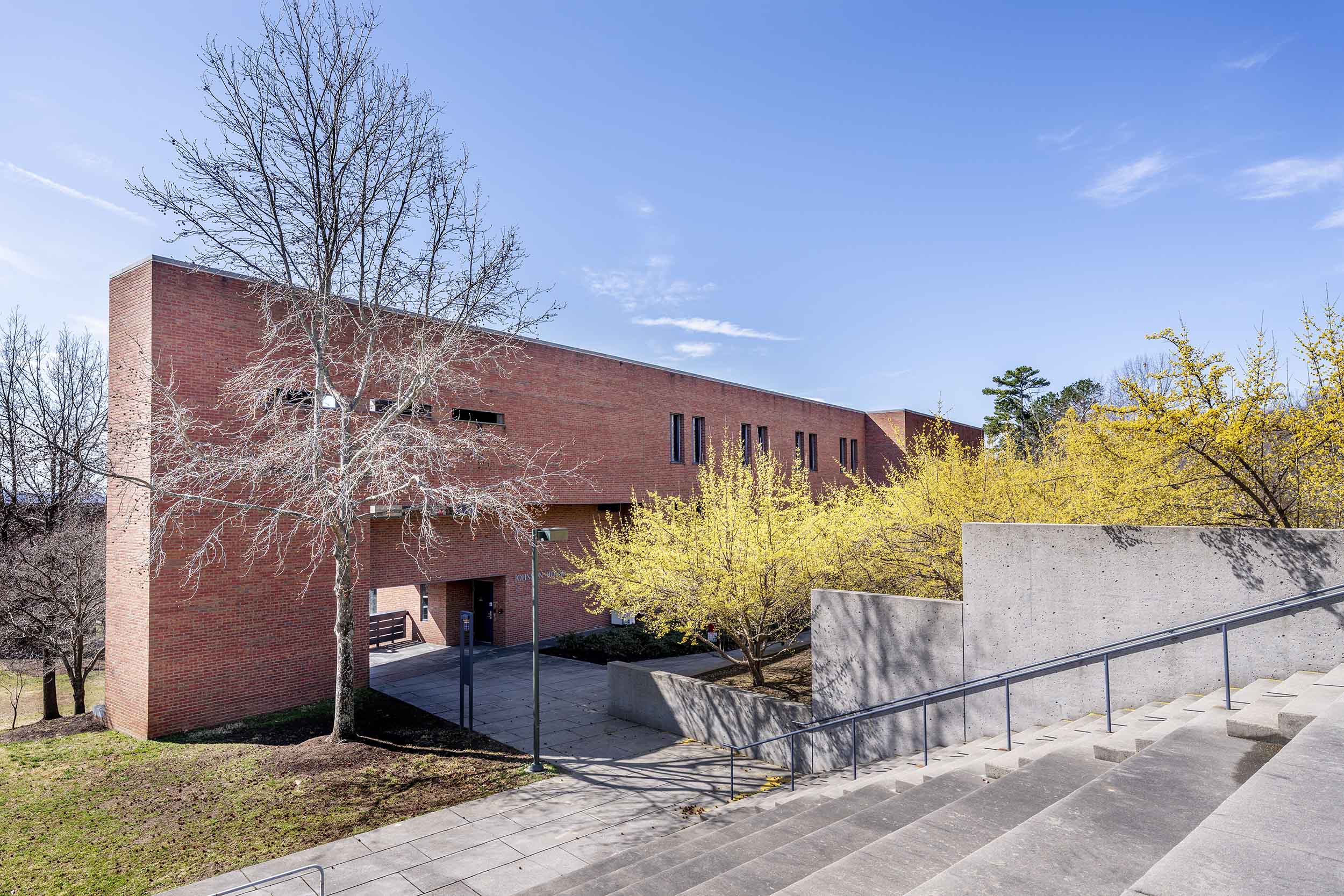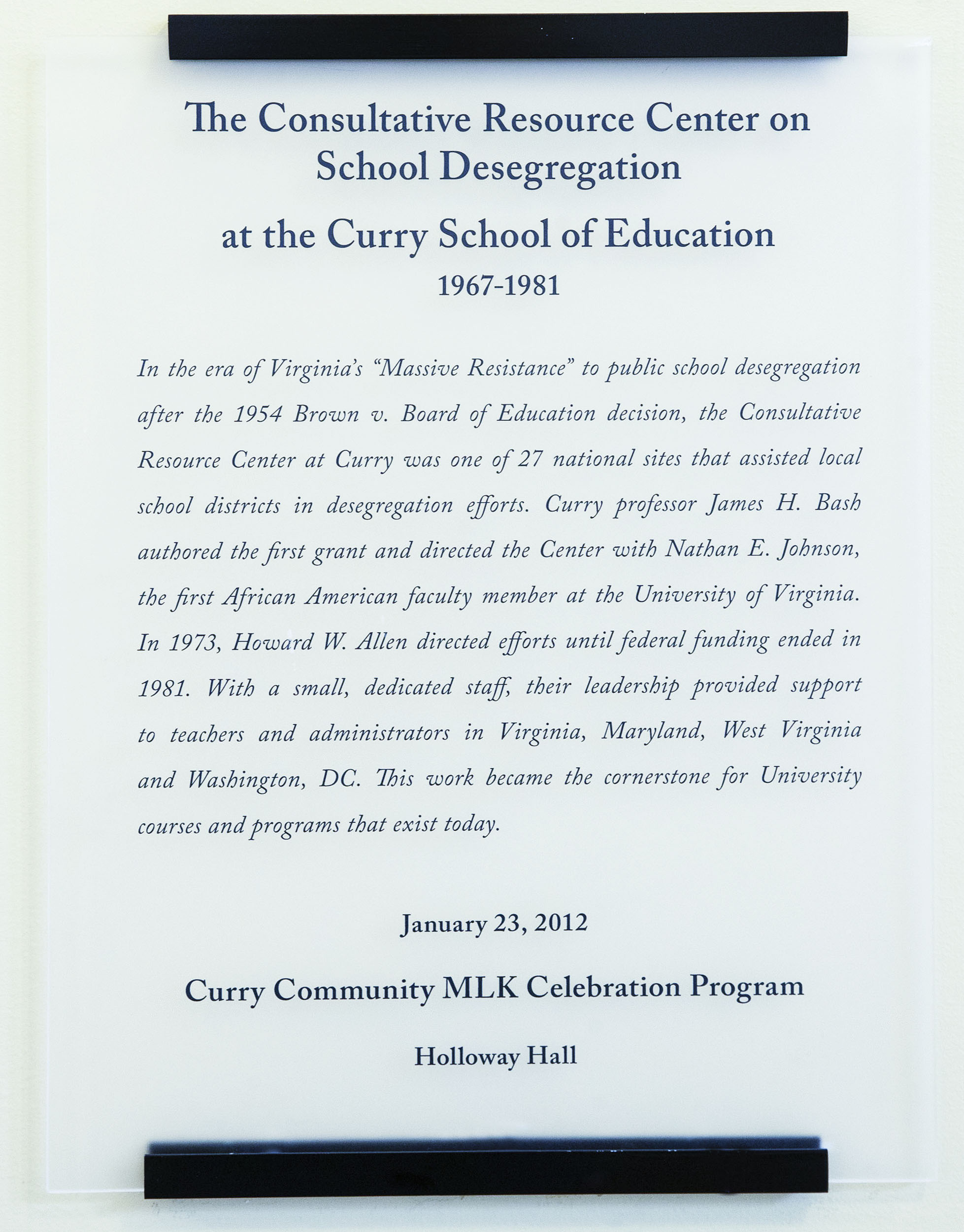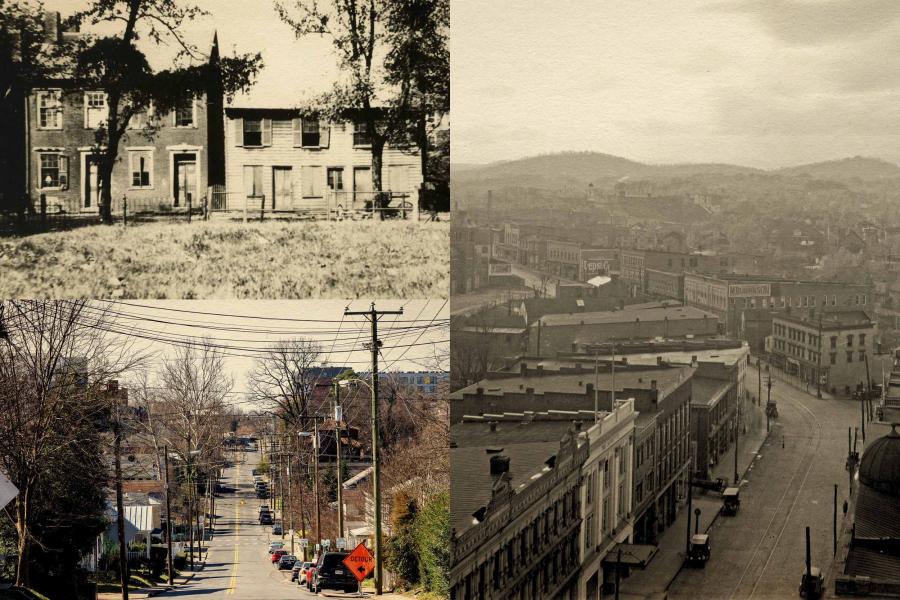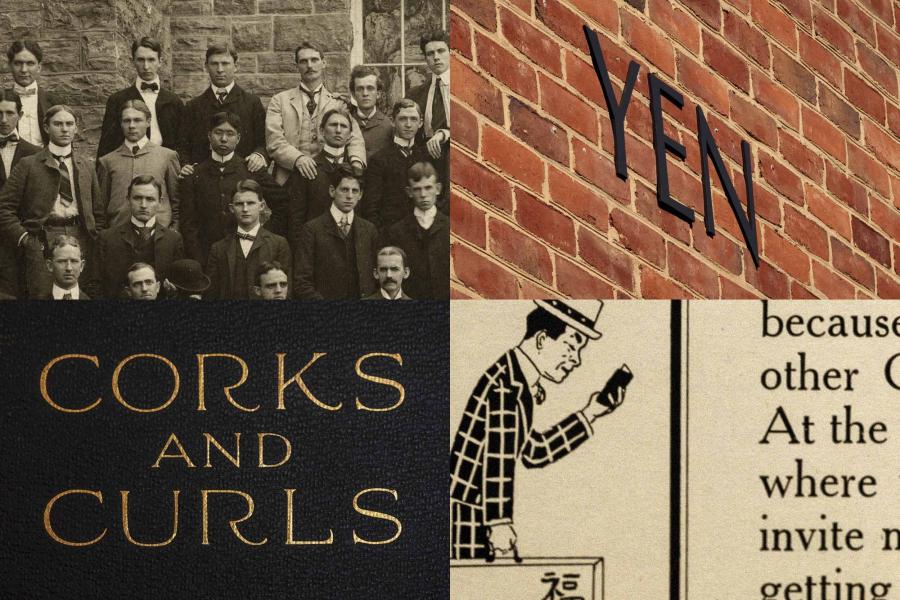__________________________
Notes
1. See Kristen Green’s account of the meeting organized by the Defenders of State Sovereignty and Individual Liberties in “Something Must Be Done about Prince Edward County: A Family, a Virginia Town, a Civil Rights Battle.” (New York: Harper Collins, 2015).
2. Brown v. Board of Education of Topeka (I), 347 U.S.483 (1954); Brown v. Board of Education (II), 349 U.S.294 (1955)
3. John D. Morris, “Almond Orders Charlottesville to Shut 2 Schools,” New York Times, Sept. 18, 1958, A1, A18.
4. “Locked Out: The Fall of Massive Resistance” chronicles these events throughout the commonwealth, including the struggle to reopen schools in Norfolk, Prince Edward County and Warren County (Charlottesville, UVA Center for Politics, 2009)
5. Nine students entered Venable Elementary in the fall of 1959: Charles E. Alexander, Raymond Dixon, Regina Dixon, Maurice Henry, Marvin Townsend, William Townsend, Sandra Wicks, Roland T. Woodfolk and Ronald E. Woodfolk; three students entered Lane High: French Jackson, Donald Martin and John Martin. (Charlottesville Daily Progress, Nov 20, 2011, A1).
6. In August of 1953, E. Louise Stokes-Hunter was the first African-American woman to receive an educational doctorate from the University of Virginia.
7. The J.P. Dean, A. Rosen & R.B. Johnson, “A Manual for Intergroup Relations.” (Chicago: University of Chicago Press, 1955). At that time, desegregation was broadly defined as “the process by which intergroup practices are changes in an institution or organization.” (p.105)
8. J.H. Bash & R. L. Long, “Effective Administration in Desegregated Schools.” (Bloomington, Ind.: Phi Delta Kappa, 1969).
9. Founded in 1906, Phi Delta Kappa International is an association for educators with more than 600 chapters today in North America. Its headquarters is in Arlington.
10. J.H. Bash & N.E. Johnson, “A Human Relations Model for a Desegregated Group.” (Occasional Paper No.4). (Charlottesville: University of Virginia, School of Education, 1971).
11. Consultative Resource Center Newsletter: A General Assistance Center (Charlottesville: School of Education, University of Virginia, February, 1975).
12. H. A. Allen interview to Jacky Taylor & Liz Sargent, Jefferson School Oral History Project (May 2004).
13. For a detailed account of the transition of Black teachers to predominantly white schools in one Southern state, see Vanessa Siddle Walker’s “The Lost Education of Horace Tate: Uncovering the Hidden Heroes Who Fought for Justice in School,” The New Press, 2018.
14. H.C. Richards, J.H. Bash & N.E. Johnson, “The Evaluation of Racial Attitudes and Attitude Change.” (Charlottesville: University of Virginia, School of Education, 1972).
